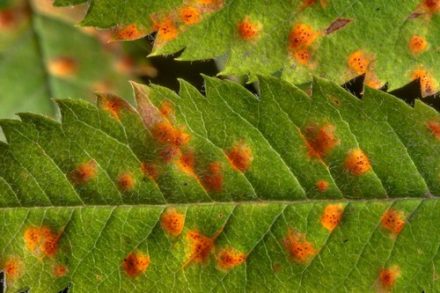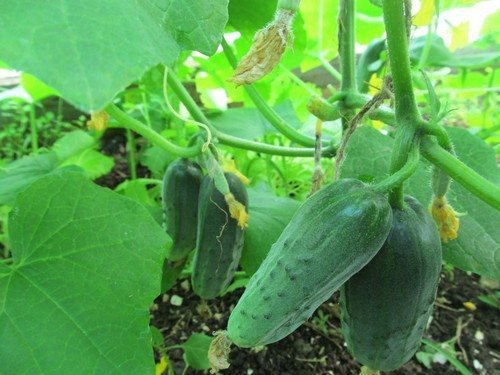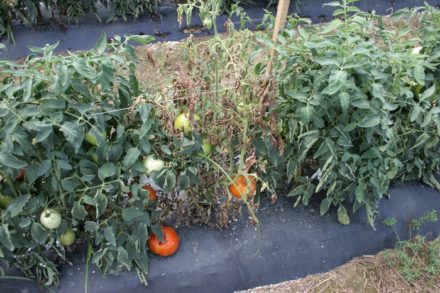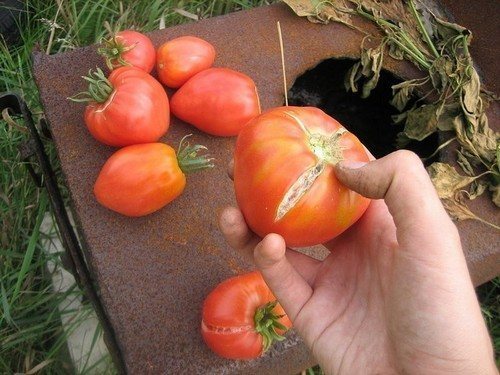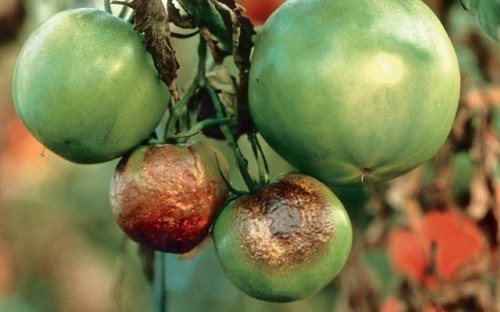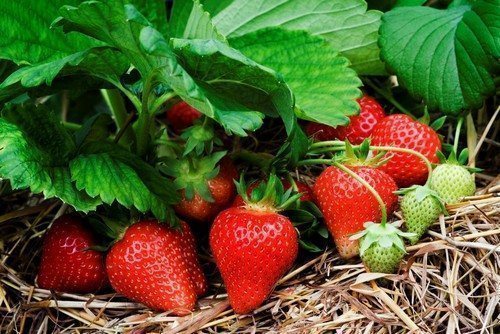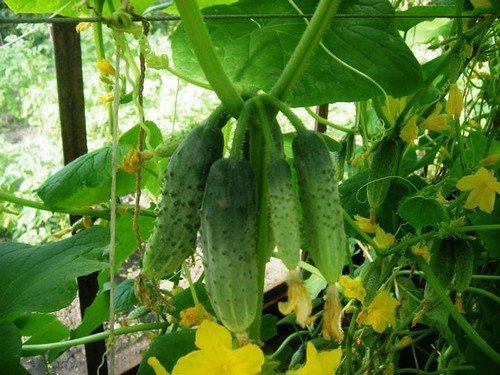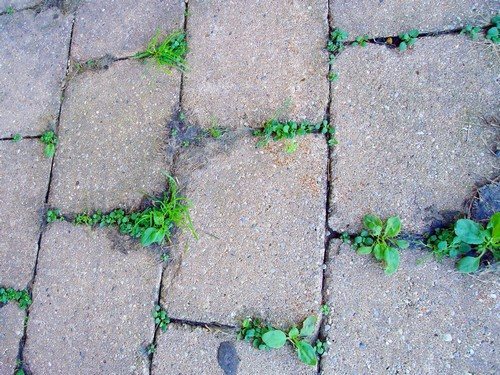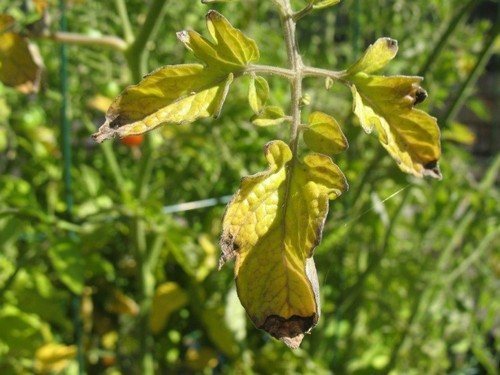Every gardener, looking at the strong tomato bushes on his plot, mentally calculates the lush crop harvest this year. But it happens that even in abundant, completely healthy beds with tomato seedlings, trouble comes, and unnoticed. Small dark spots may appear on the inside of the leaves, the tops may begin to fade, or the entire plant may become covered with a gray or white coating.
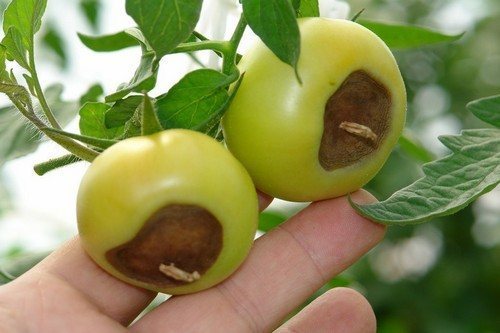
It happens that the foliage turns brown, dries, crumbles, and then the stems are damaged or rot from the roots. And the tomato fruits themselves are susceptible to blackening and rot. To prevent such an undesirable development of events, gardeners at the first sign of damage stand up to protect the crop. And experienced summer residents prefer preventive measures, knowing how great the chance of infection and spread of infections in the garden beds is.
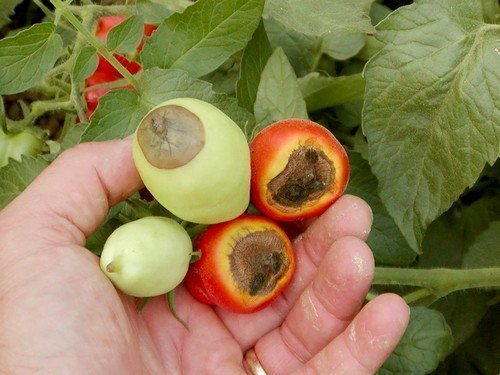
Copper sulfate
Many gardeners are familiar with tomato diseases such as black leg, white rot and gray rot. One of the most effective methods of disinfecting land before planting is treatment with copper sulfate. Before the tomato fraternity is planted in the garden, the soil should be thoroughly disinfected. Two level tablespoons of copper sulfate should be carefully diluted with 10 liters of cold water and allowed to brew a little. You need to water the area of land prepared for tomatoes with this solution.
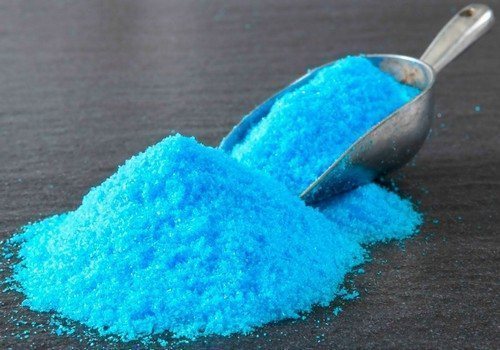
Garlic infusion
Garlic infusion is often used as a proven remedy for the prevention and treatment of fungal diseases of tomatoes. For this natural tincture you need to prepare 100 g of chopped garlic. Any parts of the plant are suitable for the solution: leaves, bulbs and arrows. The material must be thoroughly crushed using a meat grinder or finely chopped with a knife. Pour a glass of water over the garlic pulp and leave to infuse in a dark place for 24 hours. After this, the mixture is filtered through a sieve or cheesecloth. The resulting solution is diluted in a bucket of water with the addition of 1 g of manganese. Tomato bushes are treated with this infusion every 2 weeks to suppress spore activity and treat fungal diseases.
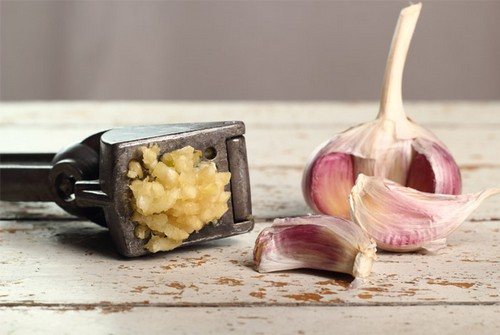
Serum
Tomato serum has proven itself to be one of the universal medicines for various diseases. Treating bushes with whey not only reduces the risk of diseases by creating a film on the plant, but also significantly saves the gardener’s budget. After the dairy product has soured, the remaining whey is stored for further use. With the onset of the first days of July, you can use the following composition for processing tomatoes: 1 liter of whey is diluted in the same amount of water. You can spray plants with this simple infusion no more than once every 10 days.

Table salt solution
Almost every owner of a plot who grows nightshade crops in their beds has encountered late blight.The spores of this fungus are incredibly tenacious, they can feel comfortable everywhere, waiting for favorable conditions - in the ground, on the remains of last year's tops, in seeds, on equipment, on the walls of a greenhouse. When the tomato fruits in the beds have just begun to gain strength and increase in size, but are still green, you need to treat them with a solution with the addition of table salt against late blight. A heaping glass of coarse salt is dissolved in 10 liters of water. Bushes should be sprayed with this medicine with special care, but no more than once a month to avoid overdose.
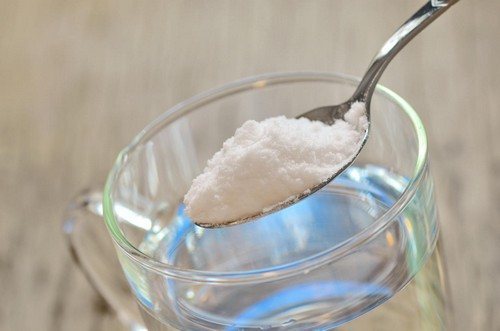
Wood ash tincture
You can maintain and treat tomato bushes affected by powdery mildew using infusions of plant waste. Typically, wood ash is used for the spraying procedure when a white coating appears. It must be filled with hot water and left for a week in proportions of 1 part ash to 10 parts water. The finished solution must be poured into a clean container, leaving a cloudy, unnecessary sediment. You can spray tomato bushes with this infusion until the white coating disappears.
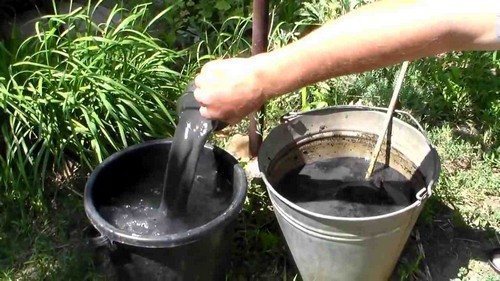
By providing tomatoes with proper care and timely treatment against diseases, you can achieve a rich harvest to the envy of your neighbors and to the delight of the gardener.


